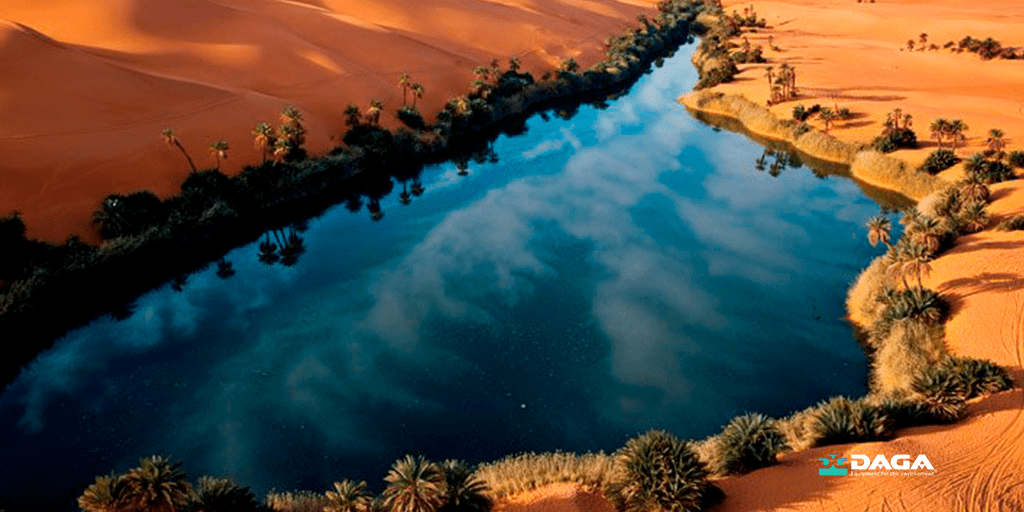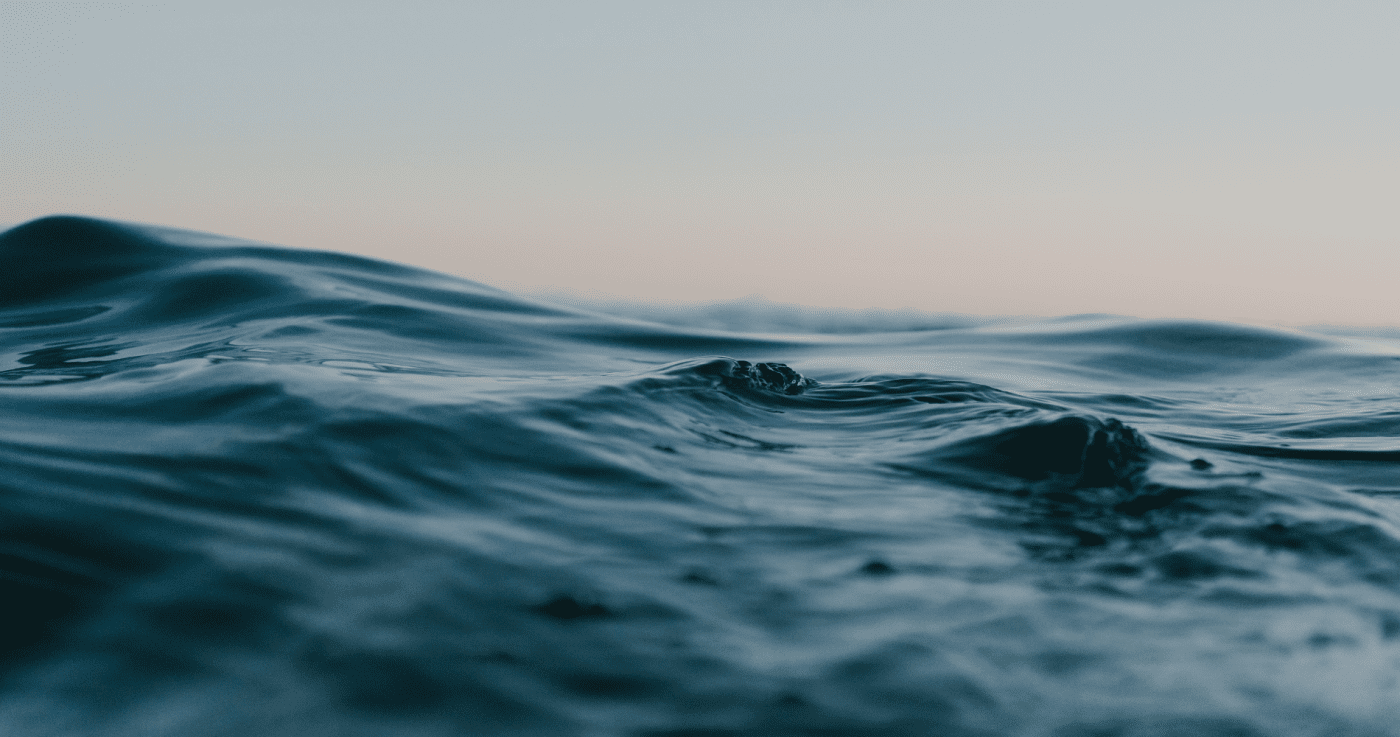
Water shortage has become a vital issue to be addressed. More and more areas of the planet are suffering from water stress or are very close to suffering it. The problem is global and finding a solution is almost a race against time. Making more efficient use of resources and their recovery and reuse is essential and many countries are implementing policies and acting at the legislative level in this regard.
But what if - without leaving these practices aside - it was possible to find a new source of water?
But what if - without leaving these practices aside - it was possible to find a new source of water?
From space to the desert in search of water
At the end of September, NASA's Jet Propulsion Laboratory announced in a statement that it had partnered with the Qatar Foundation to carry out a project to search for water in the desert. Using radar technology already in use on Mars, the deserts of the Sahara and the Arabian Peninsula will be tracked to locate the aquifers in those regions, which are being depleted due to demand from the needs of local communities.
The mission is part of the OASIS (Orbiting Arid Subsurfaces and Ice Sheet Sounder) project, the concept of which has been in the works for approximately a decade. The basic idea is to put a satellite into Earth orbit to map the distribution of shallow aquifers below the surface of the desert.
The goal is to use the satellite's radar to study the origin of these aquifers and try to understand how water moves through its complex subsurface fracture system.
The mission is part of the OASIS (Orbiting Arid Subsurfaces and Ice Sheet Sounder) project, the concept of which has been in the works for approximately a decade. The basic idea is to put a satellite into Earth orbit to map the distribution of shallow aquifers below the surface of the desert.
The goal is to use the satellite's radar to study the origin of these aquifers and try to understand how water moves through its complex subsurface fracture system.
Opportunity to improve water sustainability
In 2011, NASA researchers already conducted a test of the OASIS concept. They did not put a satellite into orbit, but flew over the deserts of Kuwait with a helicopter carrying radar to ensure that the instrument was capable of locating freshwater aquifers. Similar flights were also made over other deserts in Oman and Morocco. The intention, now, is to put into orbit a satellite with radar technology similar to that used by NASA's Mars Reconnaissance Orbiter.
Furthermore, the mission is not only intended to track hot deserts. OASIS also plans to study the topography of the land under the ice sheets in Greenland and Antarctica. Being able to determine properties such as the thickness of the ice sheet or the pathways through which the ice flows into the ocean could help predict the effects of climate change on these regions.
As Marc Versmeersch, executive director of the Energy and Environment Research Institute in Qatar, pointed out in the NASA statement, the OASIS findings could support "the decision-making process in terms of water resources" and help identify "ways to ensure access to water for populations. In short, optimize water sustainability.
We will have to pay close attention to the results, which will take some time to arrive, since, for the time being, OASIS participants will formulate the mission concept in the next two years.
Meanwhile, at DAGA, we will continue working to optimize the capacity of treatment plants and plants in irrigation or industries internationally. We offer efficient water management, customization of our solutions, and technical advice.
More than 60 years of experience in the sector and more than 2,500 installations carried out in more than 30 countries endorse us as a reliable supplier. The result, satisfied customers with products that reflect the values of a company like DAGA, with a strong commitment to the environment and, specifically, to the water cycle.
Furthermore, the mission is not only intended to track hot deserts. OASIS also plans to study the topography of the land under the ice sheets in Greenland and Antarctica. Being able to determine properties such as the thickness of the ice sheet or the pathways through which the ice flows into the ocean could help predict the effects of climate change on these regions.
As Marc Versmeersch, executive director of the Energy and Environment Research Institute in Qatar, pointed out in the NASA statement, the OASIS findings could support "the decision-making process in terms of water resources" and help identify "ways to ensure access to water for populations. In short, optimize water sustainability.
We will have to pay close attention to the results, which will take some time to arrive, since, for the time being, OASIS participants will formulate the mission concept in the next two years.
Meanwhile, at DAGA, we will continue working to optimize the capacity of treatment plants and plants in irrigation or industries internationally. We offer efficient water management, customization of our solutions, and technical advice.
More than 60 years of experience in the sector and more than 2,500 installations carried out in more than 30 countries endorse us as a reliable supplier. The result, satisfied customers with products that reflect the values of a company like DAGA, with a strong commitment to the environment and, specifically, to the water cycle.


